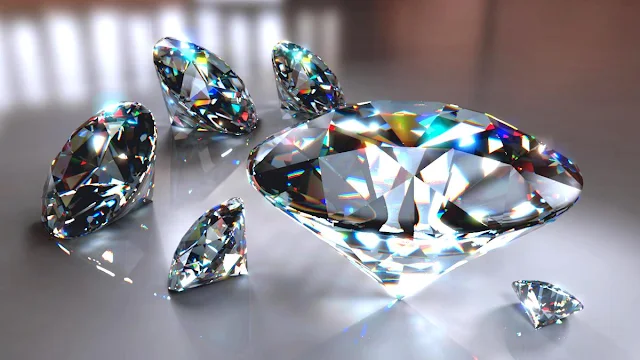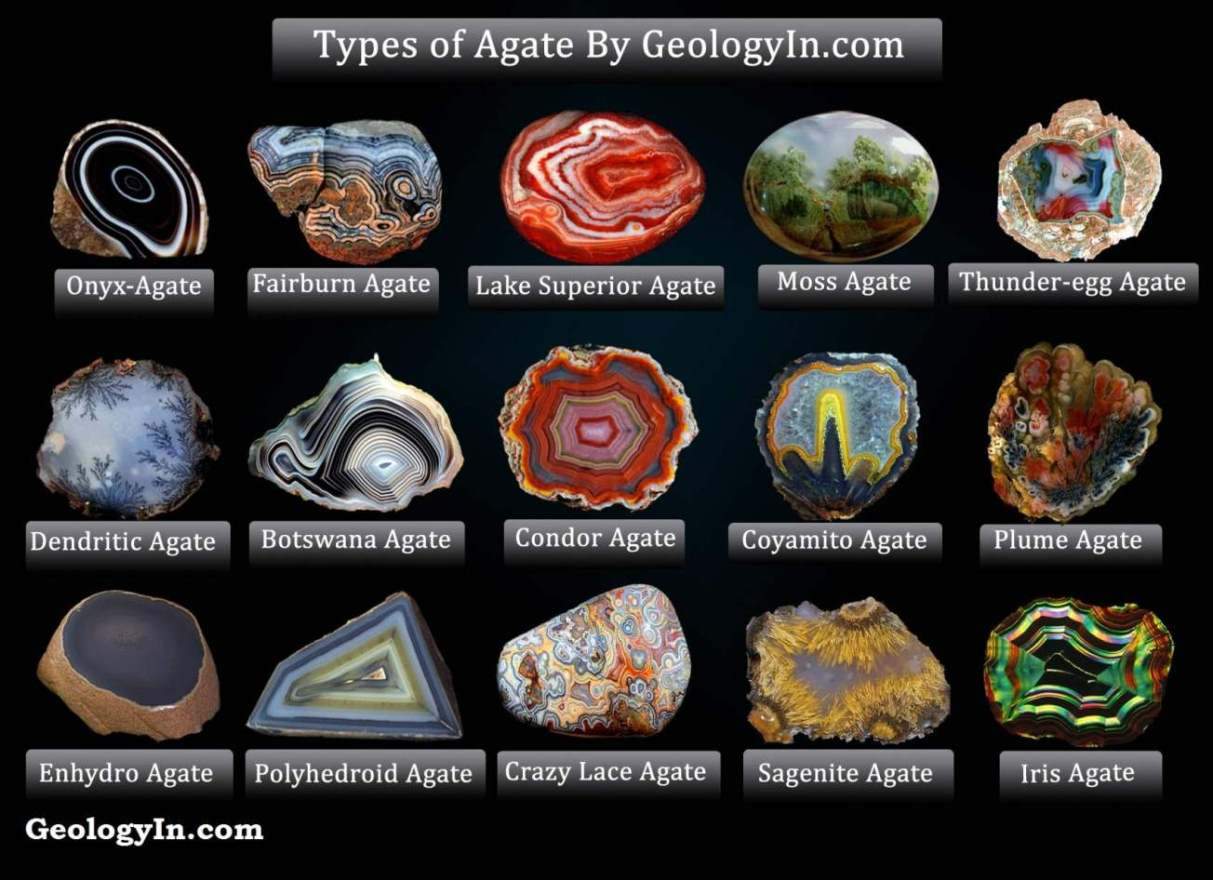Diamonds Turn Nuclear Waste Into Nuclear Batteries
A diamond battery made from nuclear waste could last more than 5,000 YEARS
A research team at the University of Bristol has developed a way to use a type of nuclear waste to generate electricity in a nuclear-powered battery that is an actual diamond.
Such a battery produces very low power, but has no moving parts, no emissions of any type including radiation, needs no maintenance, does not need to be recharged and will operate for thousands of years.
The team grew a man-made diamond that, when placed in a radiation field, was able to generate a small electrical current. And the radioactive field can be produced by the diamond itself by making the diamond from radioactive carbon-14 extracted from nuclear waste.
Even better, the amount of radioactivity in each diamond battery is a lot less than in a single banana.
It turns out that we use graphite blocks to moderate nuclear reactions in many nuclear power plants. The neutron radiation during operations activates the non-radioactive carbon by capturing a neutron and producing radioactive carbon-14, mostly at the surface of these blocks. Research by another group at Bristol showed that it is possible to extract most of the carbon-14 from the graphite so it can be made into a diamond, thereby becoming a nuclear-powered battery.
The normal way to produce electricity is to use energy, like burning coal or capturing wind, to move a magnet through a coil of wire to generate a current. However, a diamond is able to produce a charge simply by being subjected to a radiation field.
Professor Tom Scott from Bristol’s Cabot Institute points out, “There are no moving parts involved, no emissions generated and no maintenance required, just direct electricity generation. By encapsulating radioactive material inside diamonds, we turn a long-term problem of nuclear waste into a nuclear-powered battery and a long-term supply of clean energy.”
There are a million tons of such graphite blocks around the world and this would be a great use for them, a use that would reduce their radioactivity and the cost to dispose of them. The cost to produce a diamond is a lot less than disposing of nuclear waste.
These radioactive diamond batteries would have a very specific purpose – low power and extremely long life. A standard twenty-gram non-rechargeable AA battery stores about 13,000 Joules and will run out of power in about 24 hours of continuous operation. One diamond with one gram of carbon-14 would produce 15 Joules per day, much less than an AA battery.
But the power output of the diamond battery is continuous and doesn’t stop. The radioactive diamond battery would still be putting out 50% power after 5,730 years, which is one half-life of carbon-14 or about as long as human civilization has existed. During this time, the diamond battery would have produced over 20 million Joules. And would produce another 10 million during the next 5,730 years.
So these batteries would be useful in situations where you could not, or would rather not, replace the battery, such as in pacemakers or in spacecraft and satellites.
The above post is reprinted from Materials provided by University of Bristol.




%20(1).webp)




